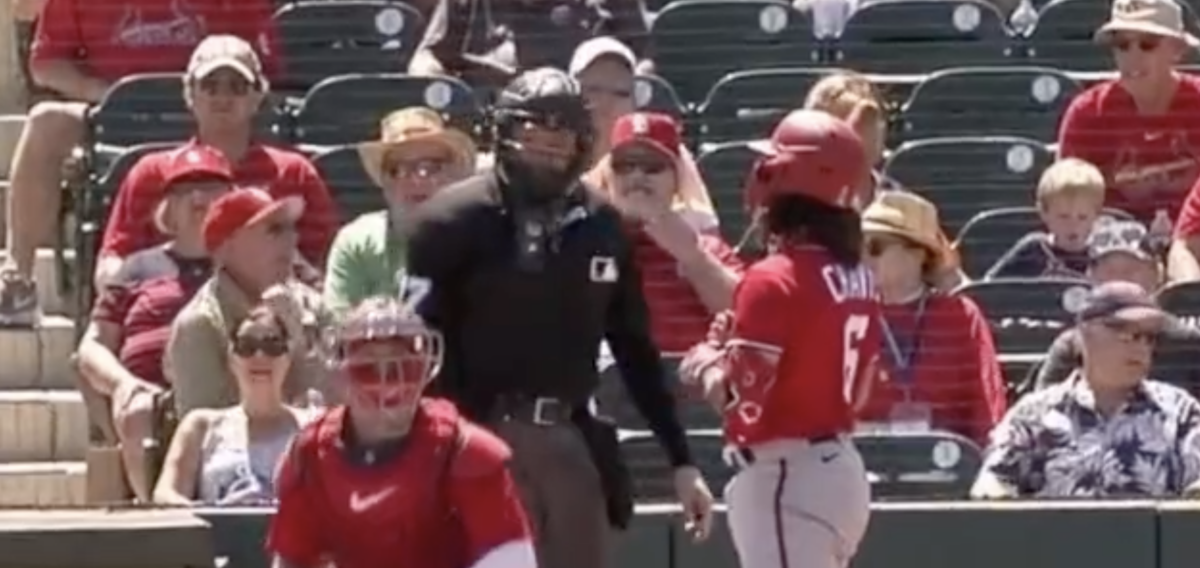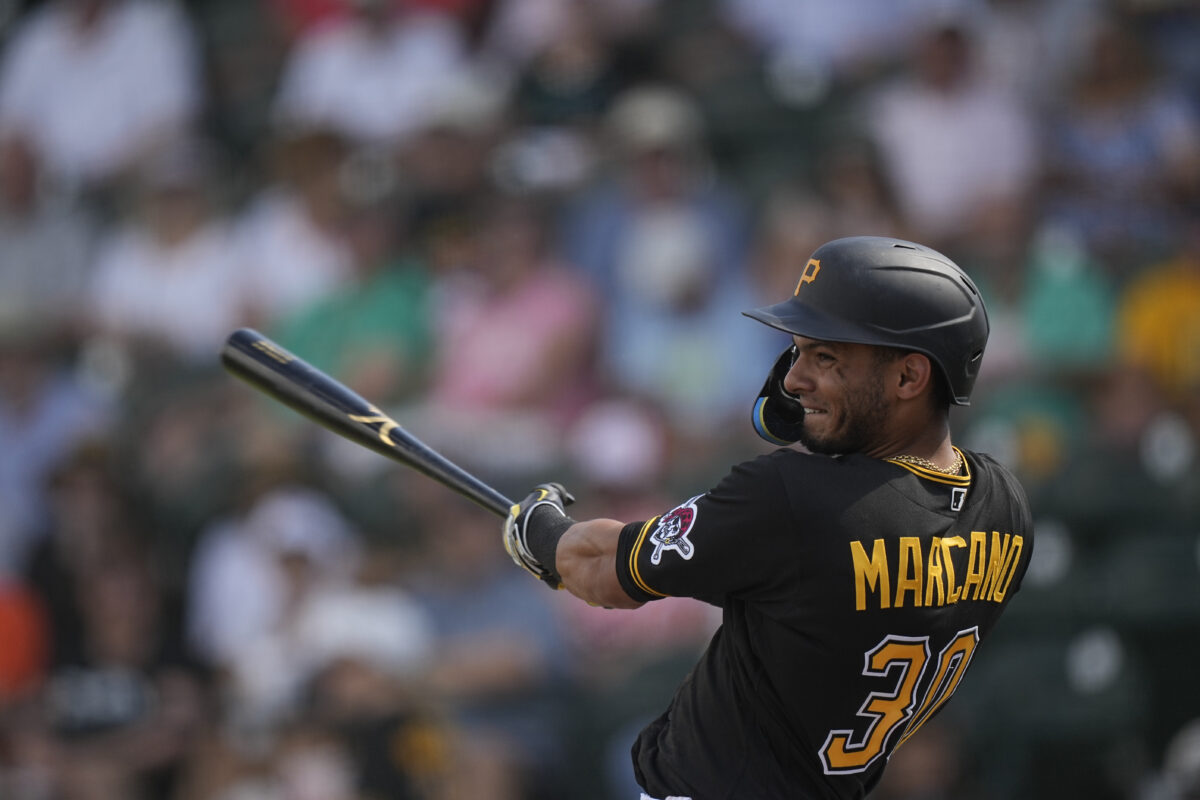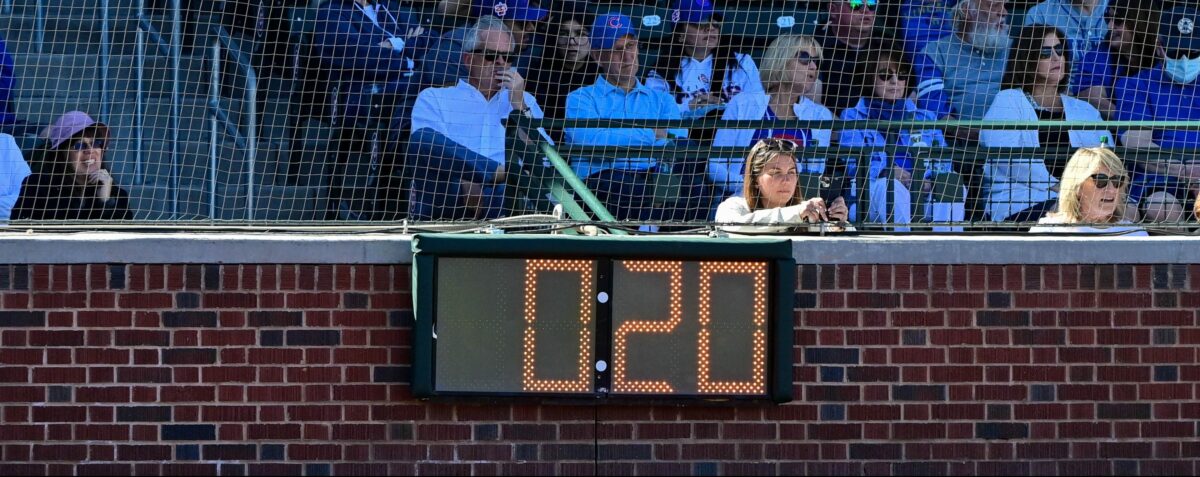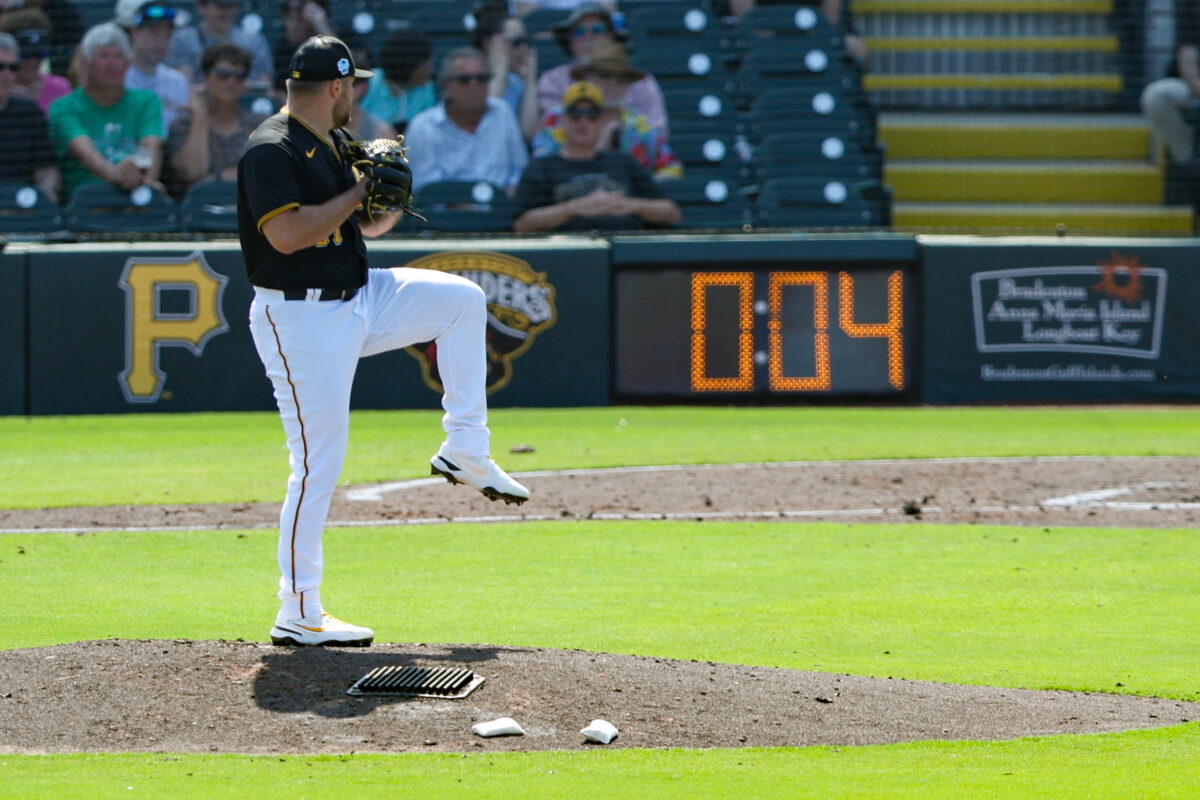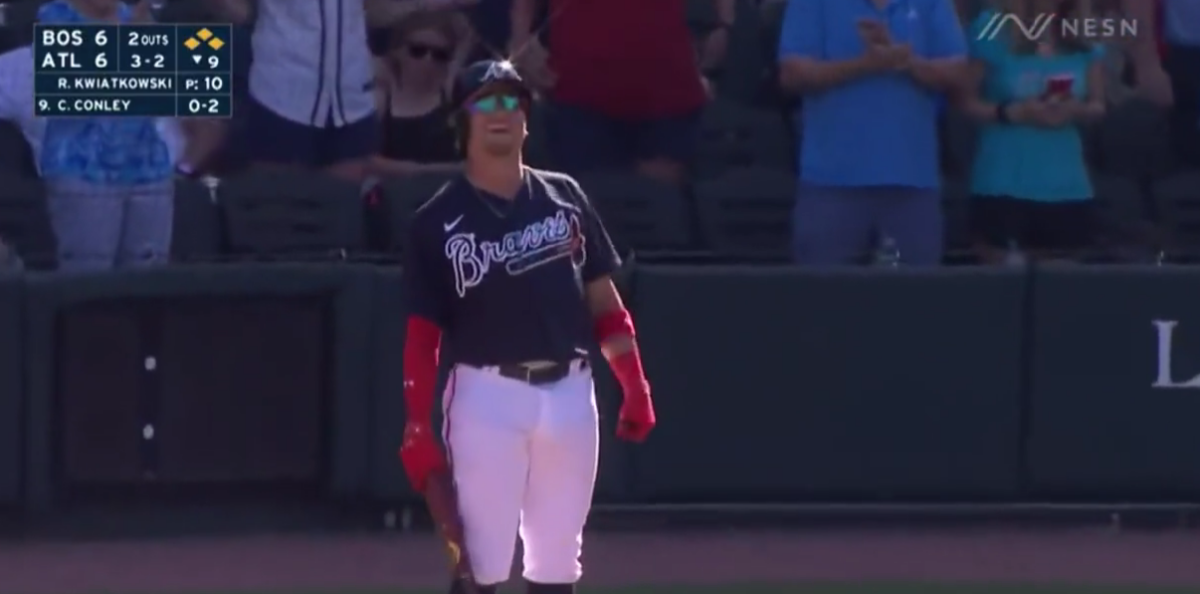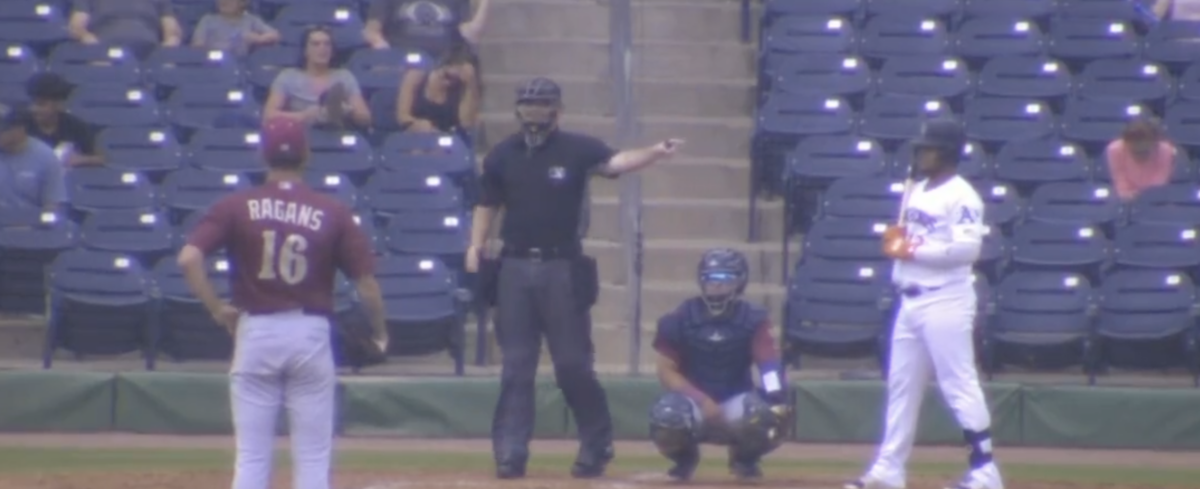Opening Day is just over a week away, and MLB players are running out of time to get adjusted to the new rules. After all, old habits are tough to break.
In the past couple days alone, we’ve seen two eerily similar strikeouts by virtue of pitch-clock violations. According to the new MLB rules, the batter must be completely in the box and alert to the pitcher by the eight-second mark. Failure to do so results in an automatic strike.
So, you really don’t want that automatic strike to happen in a two-strike count. Both Michael Chavis and Willson Contreras learned that the hard way this week.
During Monday’s Grapefruit League game between the Marlins and Cardinals, Contreras was called out on strikes because he was too busy adjusting his batting gloves following a foul ball.
Old habits die hard. 😐
Willson Contreras adjusts his batting gloves after a foul ball and pays the price with an automatic third strike. pic.twitter.com/s8jDtpudNp
— Codify (@CodifyBaseball) March 20, 2023
The umpire even gave Contreras a couple extra seconds to get himself ready, but the Cardinals catcher simply took too long. Then, in another game involving the Cardinals, the Nationals’ Michael Chavis was called out on strikes when he essentially did the same thing as Contreras. He took too long to adjust his batting gloves after a foul ball with two strikes.
Old habits die hard. 😐
Michael Chavis adjusts his batting gloves after a foul ball and pays the price with an automatic third strike. pic.twitter.com/EBDUJiLdQX
— Codify (@CodifyBaseball) March 21, 2023
That one seemed awfully close as the camera cut away right at the eight-second mark. But Chavis did appear to be in the process of looking towards the pitcher right around eight seconds. And while there’s a reasonable argument to be made that a foul ball deserves more time, players will eventually get used to the new rules.
In spring training alone, we’ve seen progress with violations becoming less common.
These things still happen every day. But the data shows everyone is adjusting as expected.
Violations per game:
1st week – 2.03
2nd week – 1.49
3rd week – 1.13
4th week (thru Sun) – 1.03Very similar to the pattern in the minor leagues last year, which stabilized after 6 weeks. https://t.co/ZvtKr11y7f
— Jayson Stark (@jaysonst) March 21, 2023
Plus, players will likely be more cognizant of the rules once the games actually matter. Until then, many fans had mixed feelings on these two violations.
